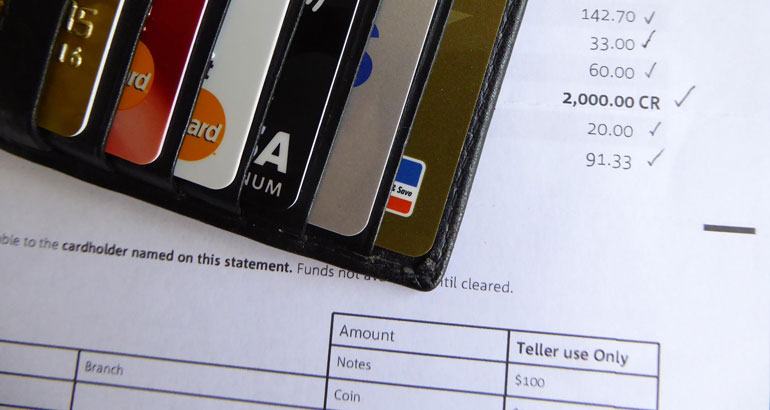What is Bank Reconciliation Statement, How to Prepare, Benefits and Examples?

A Bank Reconciliation Statement is a document that notes the similarity and dissimilarities between the cash balance on your Balance Sheet and the amount on the bank statement. When these two accounts are reconciled, you can identify whether there’s a need for accounting changes. To simplify, a bank reconciliation statement summarises your business activity that matches your company’s bank accounts with its financial records. The statement contains the deposits, withdrawals, and other financial activities that affect your bank account for a specific period.
When you’re doing business, your every bank statement should be immediately reconciled, and the person who should do this is the one who does not deal with the functions of cash receipts and disbursement of your entity.
Typically, the accountant prepares the bank reconciliation statement using all the previous day’s transactions. All the withdrawals and deposits posted to an account should be used in preparing a bank reconciliation statement.
More About Bank Reconciliation
You should reconcile your bank account each time the bank sends you a statement. This is done more often every month end. Businesses with many transactions can do it weekly and even at the day’s end.
As essential internal control tools, bank reconciliations are necessary for preventing and detecting fraud. In addition, they help identify bank and accounting errors through explanations of the differences between the bank balance position as per the statement and the accounting record’s cash balances.
Requirements for Bank Reconciliation
A bank reconciliation statement requires using the current month’s statement, the one before it, and the closing balance of accounting. The company accountant normally prepares the bank reconciliation statement with all the transactions the day before.
How to Prepare a Bank Reconciliation Statement?
These are the steps to be followed when preparing a BRS or bank reconciliation statement:
- Get your bank records. You need a list of transactions from the bank through a bank statement, online banking, and requesting the bank to send data directly to your accounting software. You will also need statements for your current account and credit card account.
- Open your ledger of income and outgoings to find your business records. The data can be in your logbook, spreadsheet, and accounting software package.
- Find your starting point, the last time your business books and bank account have the same balance.
- Run through your bank deposit. Check if every deposit appears as income in your account. If something is missing, enter it while figuring out if it is an interest, a sale, a refund, etc.
- Check your bank withdrawals. All withdrawals should be on record in your books.
- Check the expenses on your books. Make sure that every entry matches a withdrawal on your bank statement.
- After all the checking is done, your bank balance should match the business account totals. This becomes your starting point when you do your next reconciliation.
Benefits of Bank Reconciliation
- Bank reconciliation helps in avoiding errors
Accounting errors are common, but they must be identified and fixed. Reconciling your accounts can help you determine if there’s an accounting error or whether there is a transaction done by deception.
- It helps in preventing theft
The bank reconciliation process may discover something secret, initiated by spiteful individuals who intend to steal money from your bank account.
- Keeps your account in good standing
When your account is in good standing, there is no chance that you will overdraw your account. It is because you know how much money you have in your account to spend.
- You can track transactions and receivables
If you are trying to find the difference between your accounting books and bank statement, a bank reconciliation will make it easy for you to track the transactions.
- Build a healthy relationship with your bank
You can build a healthy relationship with your bank and be able to maintain it.
Example and format of Bank Reconciliation Statement
| Particulars | Amount in $ | Amount in $ |
| Balance as per passbook
Add: Insurance premium paid by bank : Cheque recorded twice in passbook : Cheque deposited but not collected : Bank charges debited only in passbook
Less: Cheque issued but not collected for payment ($500 + $1,000) : Cheque recorded twice in Cash Book : Received dividends recorded only in Bank statement
Balance as per Cash Book |
200 400 700 100
1,500
2,000 500
|
4,000
1,400
4,000
1,400 |
Conclusion:
If there are mismatches, it can take a long time to figure them out. You’ll have to review invoices, emails, receipts, and diary entries before you can get there.
However, if you do bank reconciliations often, weekly or daily, it is easier to catch up.
If you find this function stressful and believe that bookkeeping and accounting services are not your core competencies, consider a financial expert such as Jaxa Auditors to handle your bank reconciliation statements. We have a team of experienced bookkeepers, accountants and auditors who are willing to determine the accurateness of your company’s financial reports and handle the preparation of your bank reconciliation statement.
Please call us at 971 4 2207 355 or email us at jiby@jaxaauditors.com for your inquiries. We can help you understand the bank reconciliation statement more.
Related Services in Dubai
Accounting Services | Bookkeeping Services | Accounting Outsourcing Services | Forensic Accounting